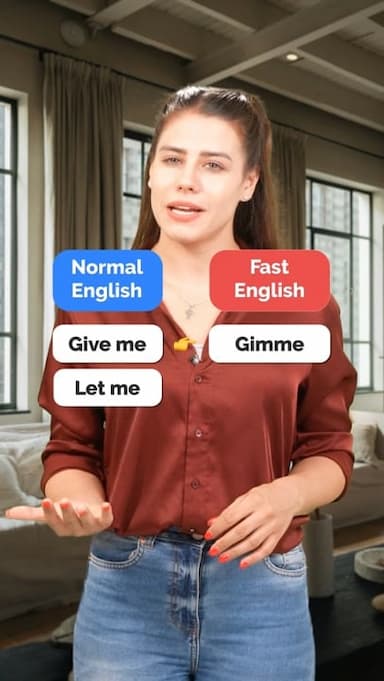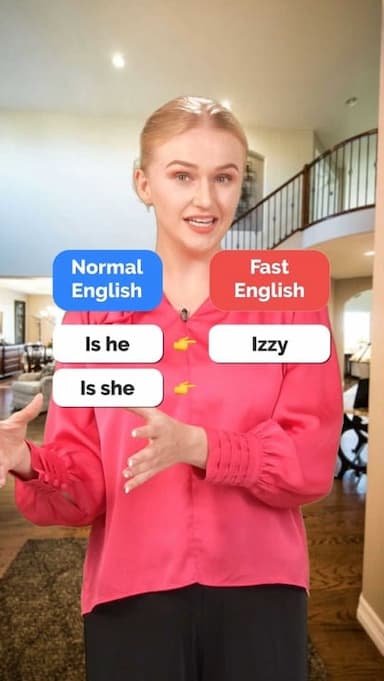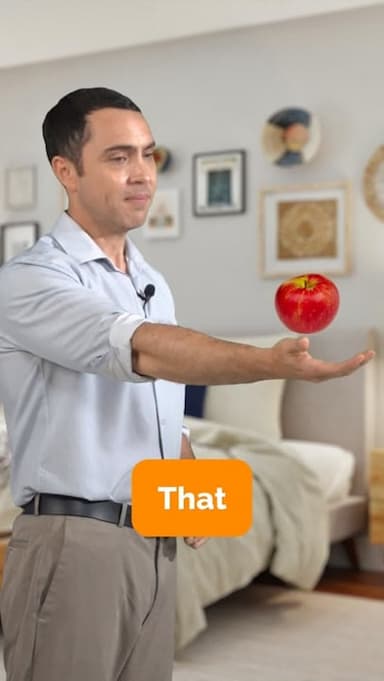Homophones Examples (Part 3): Understand Common English Homophones
In this video, we will explore several commonly confused homophones to help you enhance your English skills.
The words "to", "too", and "two" are classic examples of homophones. To is a preposition used for direction or purpose, too means also or excessively, and two is the number 2.
Other examples include "pair" and "pear". Pair refers to two things that go together, like a pair of shoes, while pear is a type of fruit.
"Then" and "than" are often confused. Then refers to a point in time, and than is used for comparisons.
"Whole" and "hole" are pronounced the same but have different meanings. Whole means complete or entire, while hole refers to an opening or cavity.
Knowing the difference between these homophones will improve your accuracy in both spoken and written English.
Get the full app experience
Engaging video lessons and fun quizzes to help you ace your English.
Improve your English Level
Improve your pronunciation
Practice conversations
Sharpen your listening Skills
Fix common mistakes in English
Learn Grammar in a fun way
Expand your English Vocabulary
Coming soon to Google Play

© 2023 fluentjoy.com











